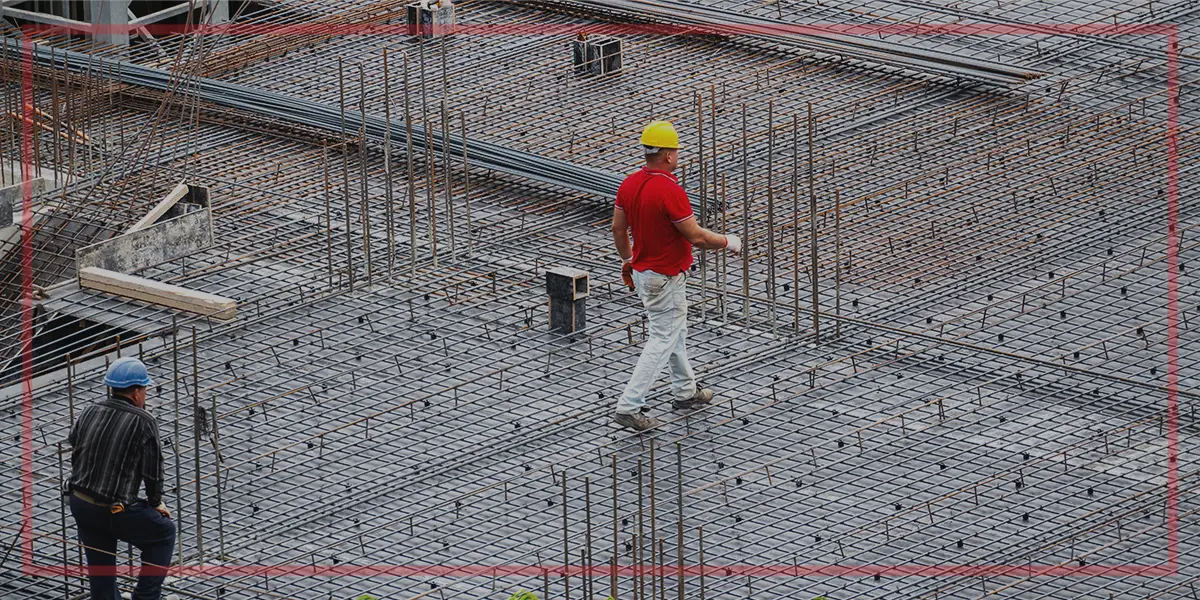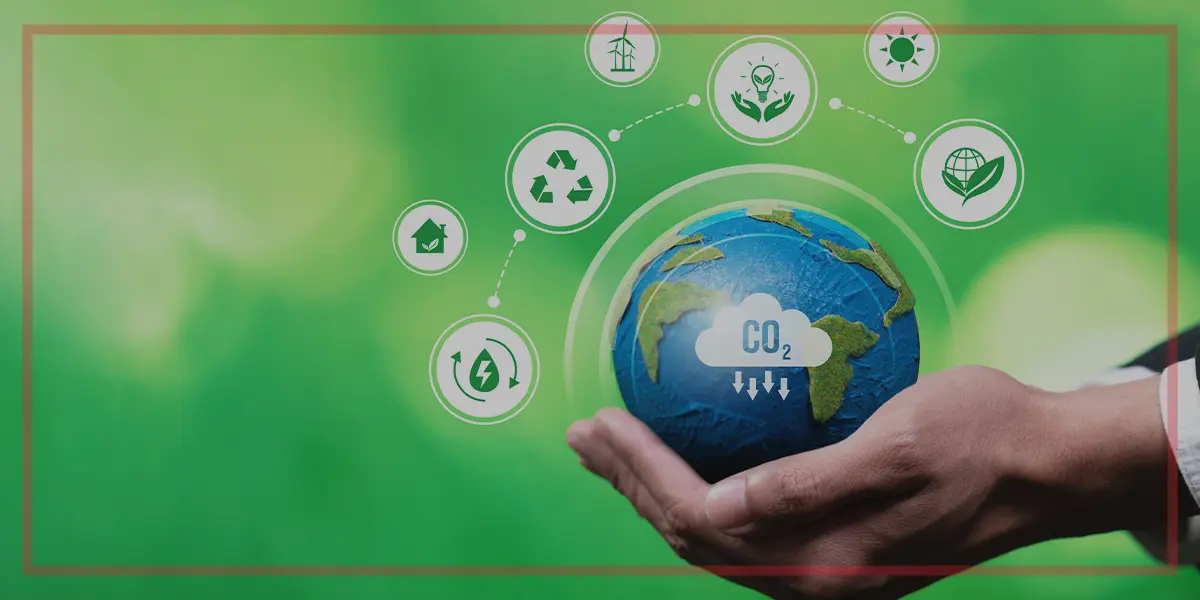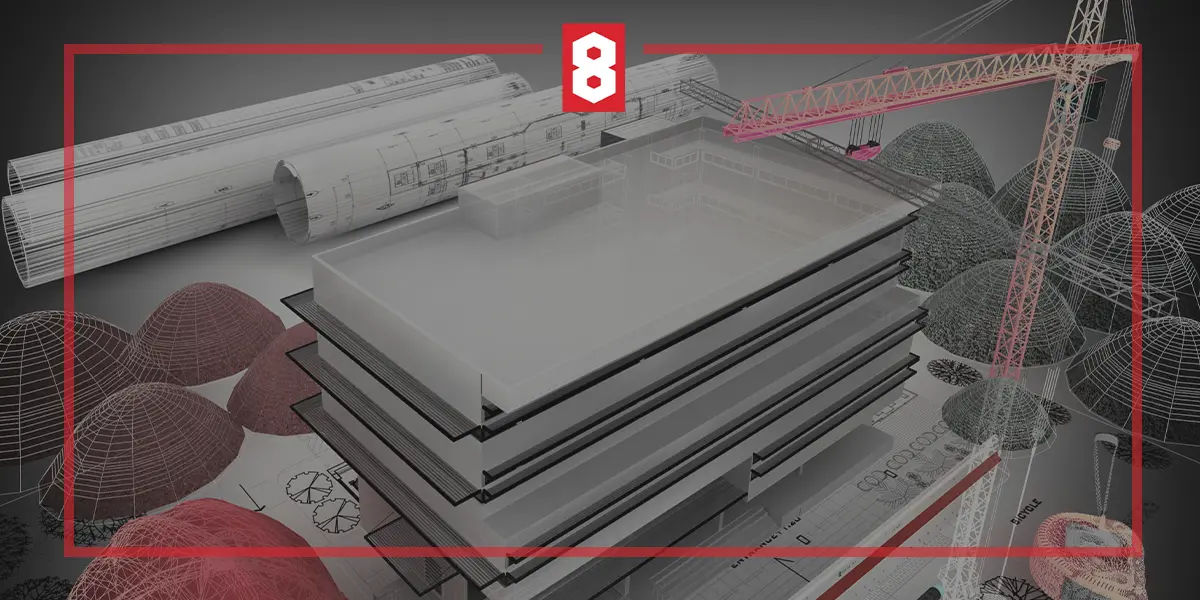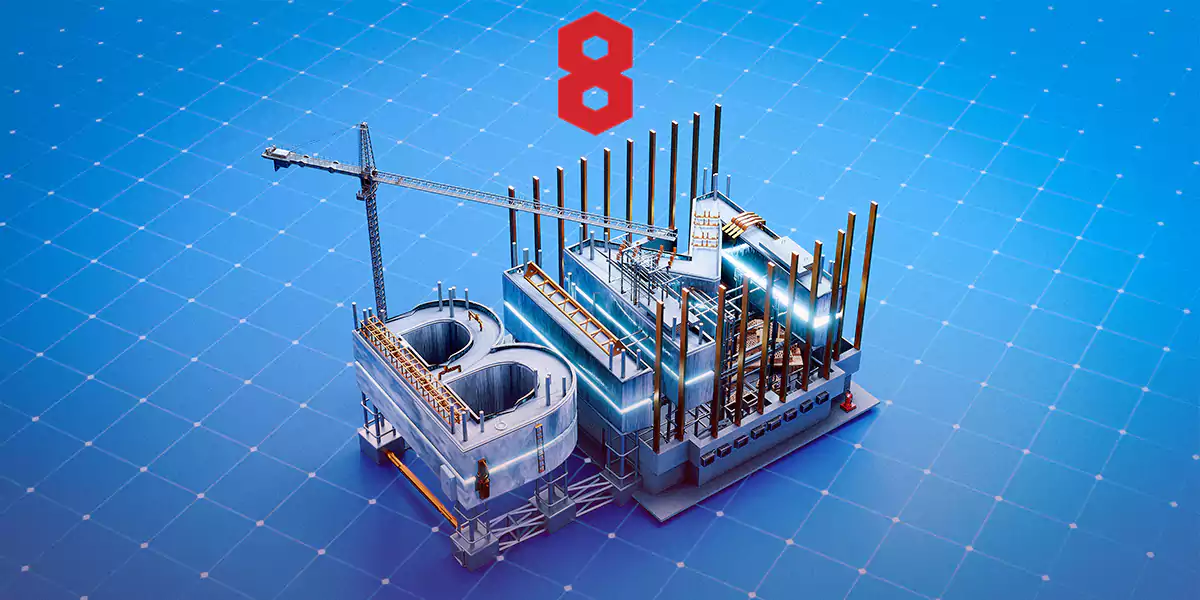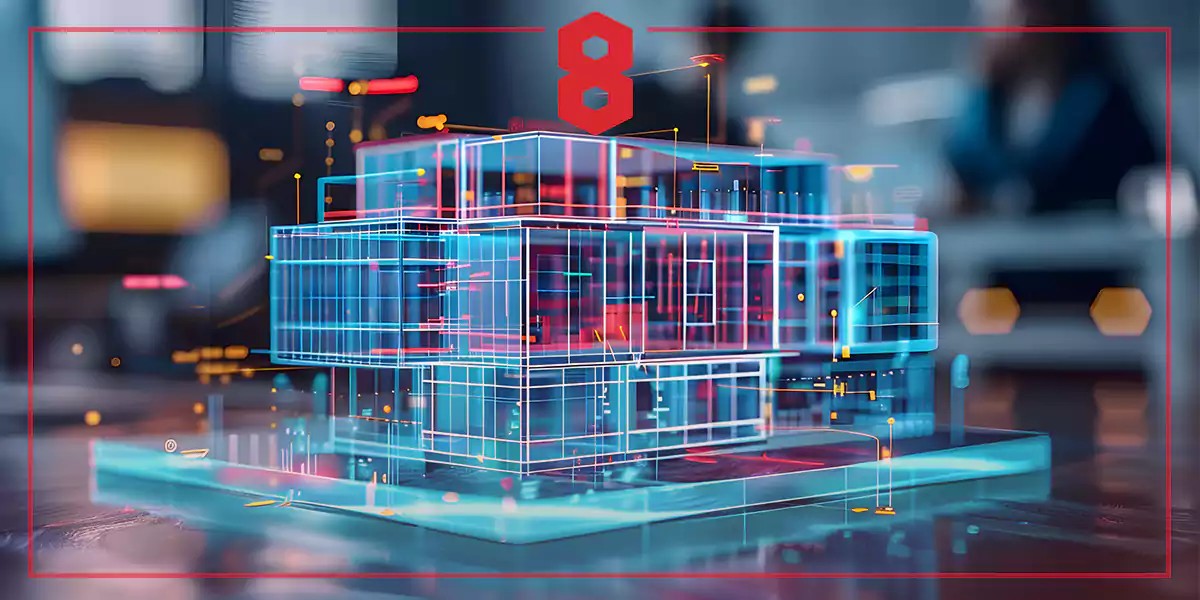In modern construction, sustainable construction and sustainability have indeed become key considerations as the industry strives to minimize its environmental footprint. Specifically, post-tensioning technology, which is a method of reinforcing concrete using high-strength steel strands, has emerged as a transformative approach to building design and construction. By optimizing material use and enhancing structural efficiency, post-tensioning significantly contributes to reducing environmental impact. Furthermore, this article explores how post-tension building technology not only promotes sustainability but also supports eco-friendly construction practices.
1. Sustainable construction: Material Optimization and Waste Reduction
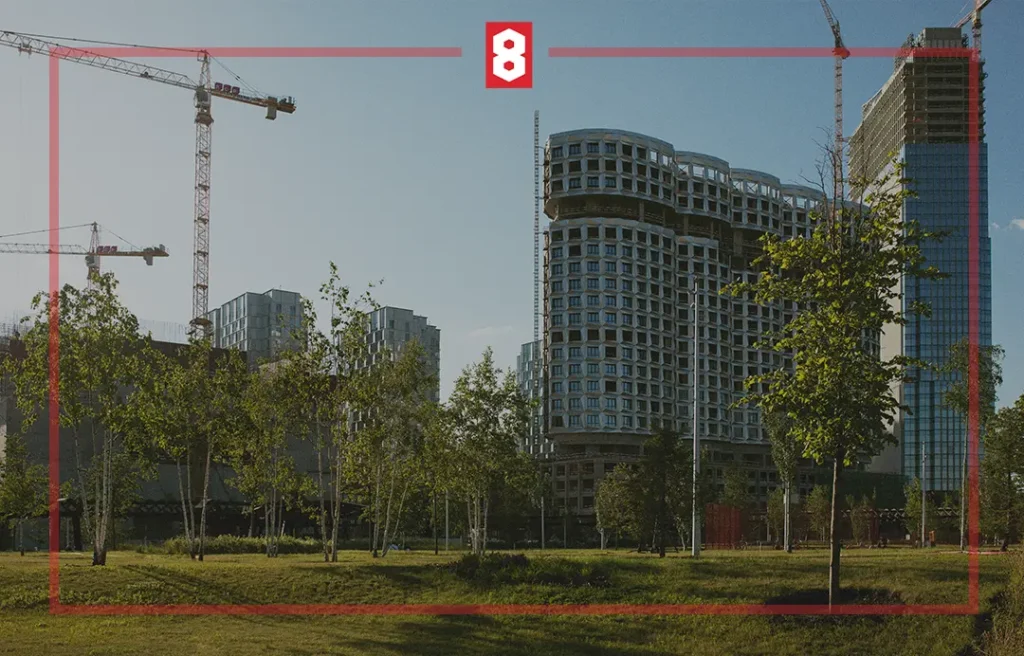
One of the most notable environmental benefits of post-tension technology is its efficient use of materials. Unlike traditional reinforced concrete, post-tensioned concrete requires:
- Less Concrete: Thinner slabs and smaller beams are possible due to the enhanced load-bearing capacity of post-tensioned systems.
- Reduced Steel Use: Post-tensioning relies on high-strength steel strands instead of large quantities of rebar, minimizing the use of non-renewable resources.
This reduction in material use not only decreases the carbon footprint associated with concrete and steel production but also generates less construction waste, leading to more sustainable building practices.
2. Enhanced Structural Longevity
Post-tensioning improves the durability and performance of concrete structures, reducing the need for frequent repairs or replacements. Key benefits include:
- Crack Control: The prestressed nature of post-tensioned concrete minimizes cracking, ensuring structural integrity over time.
- Faster Construction Timelines: Specifically, lighter slabs and beams require less effort and time to install; consequently, this reduces on-site machinery use and, in turn, lowers energy consumption.
By extending the lifespan of buildings and infrastructure, post-tensioning reduces the environmental costs associated with demolition, waste generation, and the production of new materials.
3. Sustainable construction: Energy Efficiency During Construction
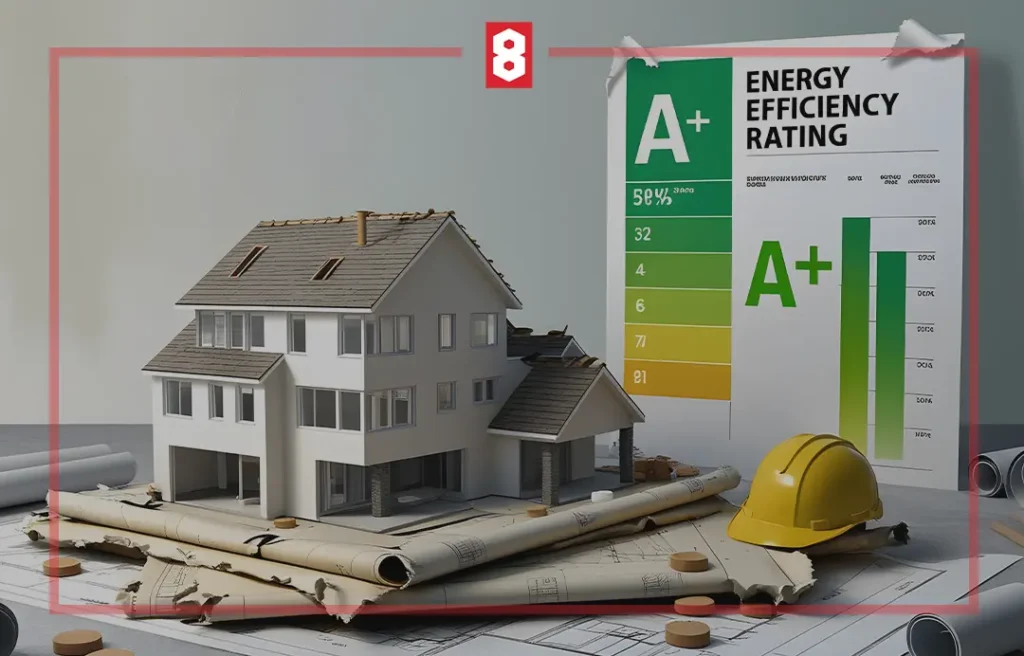
The construction phase of a building often involves significant energy consumption and greenhouse gas emissions. Post-tension technology mitigates these impacts through:
- Faster Construction Timelines: Lighter slabs and beams require less effort and time to install, reducing on-site machinery use and energy consumption.
- Lower Transportation Costs: The reduced volume of concrete and steel needed for post-tensioned structures decreases the energy required for material transportation.
These efficiencies result in lower embodied energy for post-tensioned buildings compared to traditionally reinforced structures.
4. Supporting Green Building Certifications
Post-tensioned structures align well with the criteria of green building certification systems such as LEED (Leadership in Energy and Environmental Design) and BREEAM (Building Research Establishment Environmental Assessment Method). This is achieved through:
- Material Efficiency: Contributing to credits for resource optimization and waste management.
- Thermal Efficiency: Post-tensioned slabs can enhance a building’s thermal mass, reducing heating and cooling energy needs.
- Reduced Site Disturbance: Slimmer designs and faster construction minimize the impact on the surrounding environment.
These attributes make post-tensioning an attractive choice for projects seeking certification as sustainable buildings.
5. Carbon Footprint Reduction
The construction industry is a major contributor to global CO₂ emissions, with concrete production being a significant source. Post-tensioning reduces carbon emissions by:
- Lower Cement Use: The thinner slabs and beams of post-tensioned systems require less cement, a material with high CO₂ emissions during production.
- Extended Service Life: The longevity of post-tensioned structures means fewer resources are consumed for repairs and reconstruction over their lifecycle.
- Integration with Sustainable Materials: Post-tensioning can be combined with eco-friendly materials like low-carbon concrete and recycled aggregates to further reduce its environmental impact.
6.Sustainable construction: Flexible Design for Sustainable Urban Planning
Post-tensioning enables architects and engineers to create innovative and adaptable designs, which can support sustainable urban development. Key advantages include:
- Maximized Space Use: Thinner slabs allow for more usable space within buildings, reducing urban sprawl.
- Compatibility with Renewable Energy Systems: Post-tensioned roofs and floors are ideal for supporting solar panels and green roofs, enhancing a building’s sustainability features.
This flexibility supports the creation of efficient, sustainable cities that use resources judiciously
7. Circular Economy Opportunities
Post-tensioning aligns with the principles of a circular economy by promoting resource efficiency and reuse, For example:
- Demolition and Recycling: Post-tensioned concrete can be designed for easier disassembly, allowing materials to be reused or recycled at the end of a building’s life.
- Adaptability: Post-tensioned systems can be modified or strengthened to accommodate changes in building use, extending the utility of existing structures.
These practices reduce dependency on virgin materials and minimize construction waste, contributing to a more sustainable construction cycle.

Conclusion
Post-tension building technology, therefore, represents a significant step forward in the quest for sustainable construction practices. Specifically, by reducing material use, extending structural longevity, and lowering carbon emissions, post-tensioning not only offers a practical solution but also contributes to minimizing the environmental impact of construction projects. Furthermore, as global demand for eco-friendly buildings continues to grow, the adoption of post-tension technology will undoubtedly play a crucial role in creating a greener and more sustainable built environment.
For more information about how post-tension design can benefit your projects, visit EDEC’s website, where our team of experts provides innovative and sustainable engineering solutions tailored to your needs.

